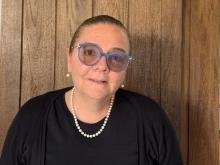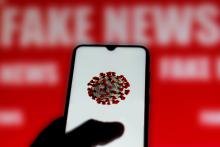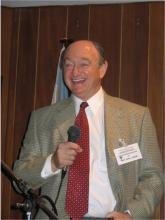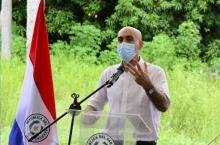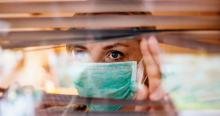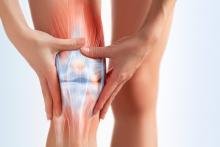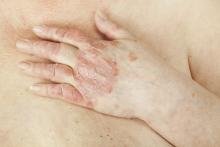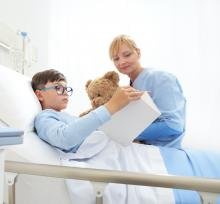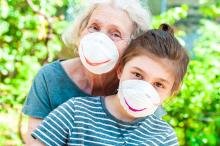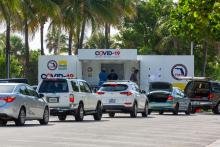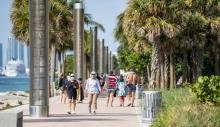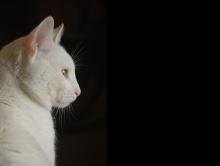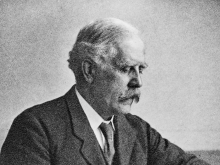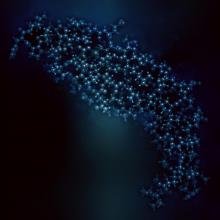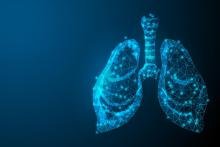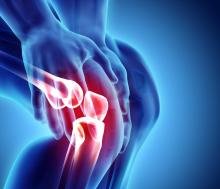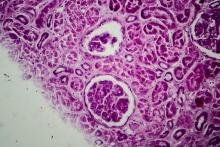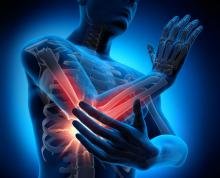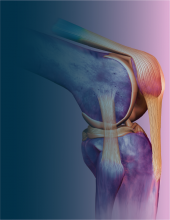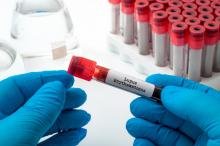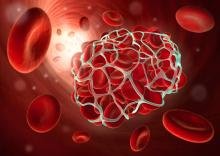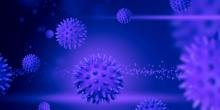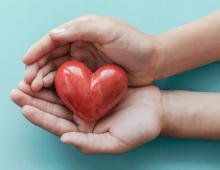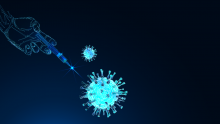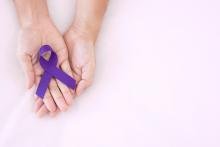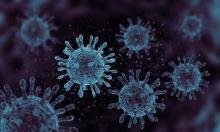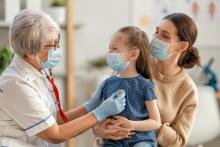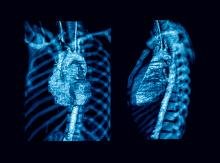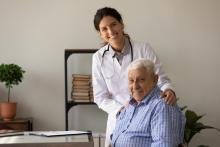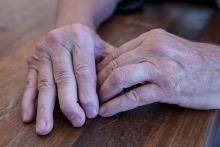Covid-19, winners and losers
Dr. Elías Forero MD
Orcid 0000-0001-8064-8621
Received: July 6 / Accepted: July 27 / Published: August 1 2022
Cite as: Forero Illera E. Covid-19, ganadores y perdedores . Global Rheumatology ; (5) 2022.. Available from: https://doi.org/10.46856/grp.22.e129
After three years of the pandemic, millions of people dead, and many millions of dollars invested in the fight against Covid and its derivates, what conclusions can we draw? Who can be credited with success in this battle against SARS-CoV-2 and its variants?
The truth is that we will need a lot of time and technology to study all the information obtained during these years. The real success will be to control future threats quickly and effectively.
But let's get down to business: who are the winners and losers in this round with nature? The first losers were those who thought it would be easy to prove the efficacy of old drugs with some previously demonstrated antiviral property.
The theories of the antiviral effects of drugs such as hydroxychloroquine, ivermectin, and azithromycin, exhausted the existence of these drugs on pharmacy shelves but did not meet expectations in the actual field (1). Other losers, although they do not want to accept it, are the antivaccine groups. They used all kinds of false information and conspiracy theories to demonstrate the dangers of using vaccines, and although there is always a group of unsuspecting people, the truth is that they failed to stop the advance of science.
Today, in terms of vaccination, the world is different. 66.7% of the world's population has received at least one dose of covid-19 vaccine. Twelve and a half billion doses have been administered worldwide, and 5.92 million are now allocated daily (2). These numbers leave as clear winners the scientists who bet on developing these drugs as a method of pandemic control. The technique used for the synthesis of the new vaccines did not matter. All biologics, once approved, fulfilled their role of reducing the number of severe cases, i.e., lowering mortality, and they did just that.
The winning group includes the pharmaceutical industry that, in record time, demonstrated the antiviral effectiveness of other pharmacological strategies. Paxlovid, an orally administered drug combining Nirmatrelvir and Ritonavir, manages to reduce the risk of hospitalization or death by 89%, compared to a placebo, in adults who are not hospitalized but at high risk of poor outcome.
In May 2021, the FDA approved the use of the biological drug Sotrovimab. This is a recombinant technology humanized monoclonal antibody (IgG) that binds with high affinity to a highly conserved epitope in the receptor-binding domain of the SARS-CoV-2 protein S receptor. Its exact mechanism of action is not well understood, but it appears to prevent fusion after the virus binds to the human angiotensin-converting enzyme two receptors. The use of Sotrovimab was associated with an 85% reduction in the relative risk of progression to severe or critical illness and up to a 79% reduction in the risk of all-cause hospitalization or death through day 29. In addition, no safety issues were identified that compromised treatment (3).
In the field of epidemiology and public health, a division of honors could be proposed. Although errors of foresight and reaction to the announcement of the virus were observed (4), it is also true that once organized, they managed to predict with relative accuracy the evolution of the pandemic and identified the first form of virus control, that is, the widespread use of biosecurity measures.
Hand washing, face masks, and social distancing proved to be effective measures in controlling the pandemic with an additional advantage, they are cheap. Vaccines, antivirals, antibodies, and all the technology mentioned above have a small problem: the cost of production. This issue, which impacts the whole world and affects our Latin American area to a greater extent, forces us to look for other remedies that are also cheap and widely available.
Recent publications show other unexpected winners in this fight against viruses. These are the drinks prepared by grandmothers based on citrus fruits since immemorial times. Limoncello and Naringenin (5,6), among other substances, possess interesting antiviral properties, which explains grandmothers' success in treating viral syndromes.
There are examples worldwide; in Colombia, the leader is hot panela water with lemon. In Mexico, a kind correspondent tells us that lemon juice sweetened with honey and taken by teaspoons is the home remedy that does not lack in treating these viral etiology conditions. On the Brazilian side, elderberry water, chamomile flower water, or peppermint leaves sweetened with panela are the infusions used to fight against cold symptoms. In my case, it was necessary to resort to ginger with panela water. This infusion served to alleviate the annoying cough that accompanies this viral syndrome.
Another measure widely used in some regions of the country is to take a bath with warm water and eucalyptus leaves. I have no experience with this treatment, but it is clear to me that an unmistakable sign of recovery is to find the patient coming out of the bath shaved and dressed in clean pajamas after taking an exorcizing shower with hot water. The soothing bath brings other symptoms of recovery, such as the desire to read the newspapers and eat a good breakfast.
Let us trust vaccines, the state-of-the-art technology used to develop new drugs, and the citrus infusions prepared by our grandmothers. This way, we can control this and any other pandemic affecting our planet.
References
- Fiolet T, Guihur A, Rebeaud ME, Mulot M, Peiffer-Smadja N, Mahamat-Saleh Y. Effect of hydroxychloroquine with or without azithromycin on the mortality of coronavirus disease 2019 (COVID-19) patients: a systematic review and meta-analysis. Clin Microbiol Infect. 2021;27(1):19-27. doi:10.1016/j.cmi.2020.08.022.
- https://ourworldindata.org/covid-vaccinations?country=OWID_WRL
- García-Lledó A, Gómez-Pavón J, González Del Castillo J, et al. Pharmacological treatment of COVID-19: an opinion paper. Rev Esp Quimioter. 2022;35(2):115-130. doi:10.37201/req/158.2021.4
- www.realinstitutoelcano.org/wps/portal/rielcano_es/contenido?WCM_GLOBAL_CONTEXT=/elcano/elcano_es/zonas_es/documento-espana-y-la-crisis-del-coronavirus.
- Senthil Kumar KJ, Gokila Vani M, Wang CS, et al. Geranium and Lemon Essential Oils and Their Active Compounds Downregulate Angiotensin-Converting Enzyme 2 (ACE2), a SARS-CoV-2 Spike Receptor-Binding Domain, in Epithelial Cells. Plants (Basel). 2020;9(6):770. Published 2020 Jun 19. doi:10.3390/plants9060770.
- Alberca RW, Teixeira FME, Beserra DR, et al. Perspective: The Potential Effects of Naringenin in COVID-19. Front Immunol. 2020;11:570919. Published 2020 Sep 25. doi:10.3389/fimmu.2020.570919.


































